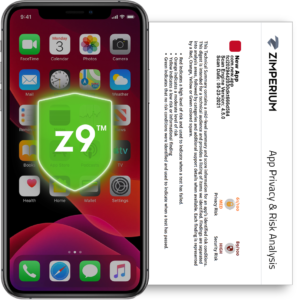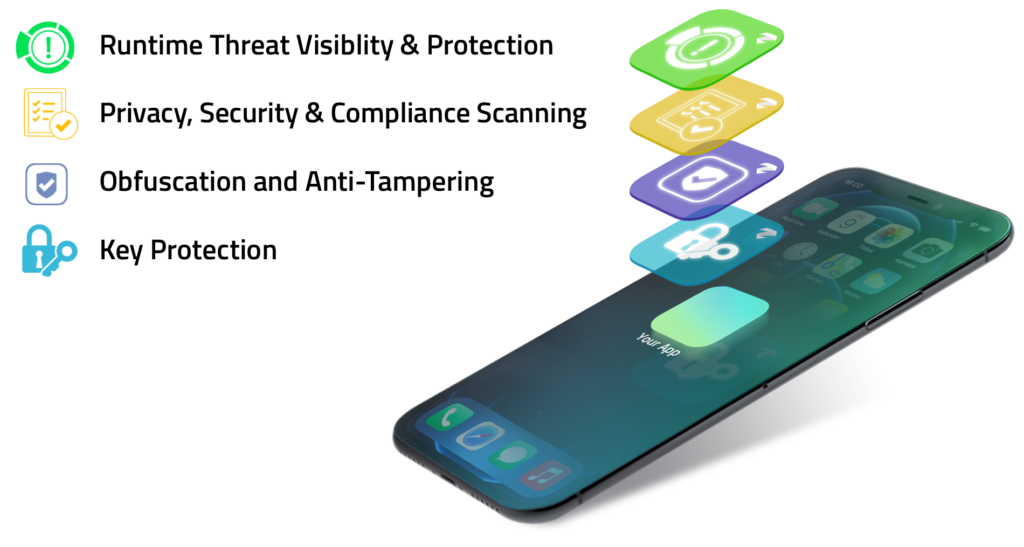
Your data is mobile.
Is your security?
We protect mobile endpoints and apps so they can access enterprise data securely.

Mobile Endpoint Security
Zimperium empowers enterprises to secure their mobile endpoints, enabling employees to access sensitive data and mission-critical systems safely and securely. Our enterprise-focused, advanced mobile security solution integrates with UEM and XDR platforms and is deployable on any cloud, on-premises, and air-gapped environments.
Mobile Application Security
We help developers build safe and secure mobile apps and SDKs that garner trust. The MAPS platform suite helps prevent sensitive data loss and infrastructure exposure, which could expose organizations to fraud, reputational damage, and regulatory penalties. Zimperium is the only complete mobile app security platform that integrates continuous and persistent security during development and run-time.





